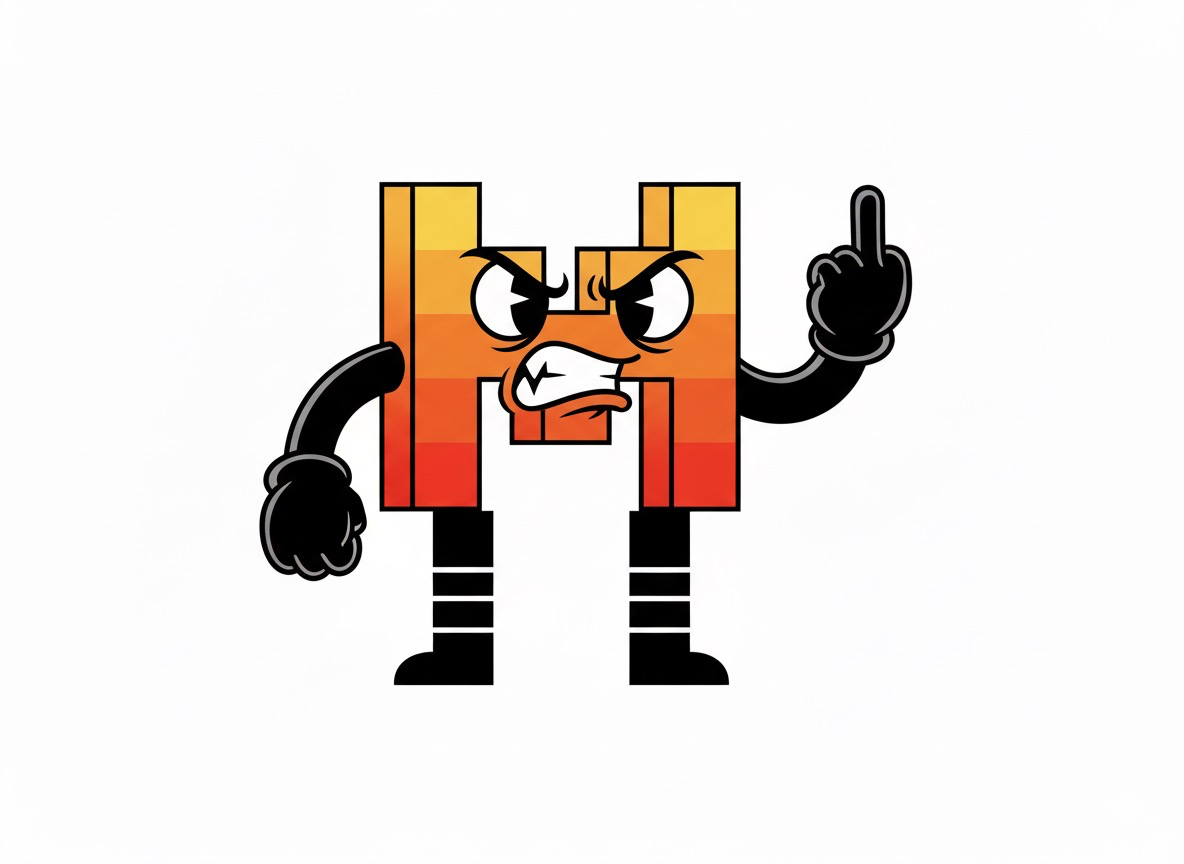
Oracle's MySQL Gambit: When Database Heritage Meets Corporate Strategy
Exploring Oracle's shifting priorities for MySQL and what it means for long-term database architecture decisions in the open source landscape.
The database fork that started with good intentions fifteen years ago has become an existential question for modern tech stacks. When Oracle acquired Sun Microsystems in 2009 and inherited MySQL, the original creators forked the database to create MariaDB. The conventional wisdom assumed Oracle would let MySQL wither, yet for over a decade, they proved the skeptics wrong. Now, a series of strategic shifts suggests the landscape is changing, and database architects are facing renewed uncertainty about their foundational technology choices.
The Fork That Echoes Through Enterprise Architecture
The MySQL-MariaDB divergence represents one of the most significant forks in enterprise software history. Born from concerns about Oracle’s stewardship of MySQL after the Sun acquisition, MariaDB promised to maintain the open-source spirit that made MySQL the backbone of early web applications. For years, both databases coexisted in relative harmony, but recent developments suggest we’re entering a new phase of strategic divergence.
Oracle’s approach to MySQL development initially surprised many critics. Under Oracle’s ownership, MySQL became more stable and secure. Significant technical debt was addressed, and modern features like JSON support were added. For years, Oracle seemed to prove wrong the assumption that they would strangle their open-source competitor.
Yet the tension was always there. As one database professional noted, “Oracle kept releasing new MySQL versions for many years, and many MySQL users happily continued using it.” The question wasn’t whether MySQL would disappear overnight, but whether its development priorities would shift away from the broader community’s needs.
The Heatwave Effect: When Cloud Consumes Community
The turning point came with MySQL Heatwave, Oracle’s cloud database service that includes proprietary features unavailable in the community edition. Suddenly, the golden rule of open source success, “conversion should never compromise adoption”, seemed to be bending under commercial pressure.
MySQL Heatwave introduced critical capabilities that remain conspicuously absent from the open-source versions:
- Analytical query acceleration without parallel query execution in the community edition
- Vector search capabilities while other databases race to implement AI-native features
- Javascript support exclusively in MySQL Enterprise Edition
The pattern is clear: essential modern capabilities are being reserved for Oracle’s paid offerings. This creates an architectural dilemma, do you stay with MySQL and risk falling behind on essential features, or migrate and potentially disrupt your existing infrastructure?
The Human Toll: Layoffs Tell the Real Story
The strategic shift became undeniable when Oracle conducted what sources describe as “widespread layoffs” across the core MySQL development team in September 2025. Reports suggest around 70 team members were affected, a significant portion of the development workforce.
Monty Widenius, MariaDB’s founder and original MySQL creator, expressed being “heartbroken” by the extent of the cuts, adding that while he was “not surprised that Oracle is going in this direction with MySQL, it still saddens me that it’s come to this.”
Peter Zaitsev, former MySQL performance engineer and Percona founder, framed it more starkly: “It looks like multiple great, tenured people were laid off from MySQL team at Oracle. My heart goes out to impacted individuals, yet I also wonder if it is another significant step by Oracle towards slowly killing MySQL Community edition.”
Performance Anxiety: The Technical Debt That Can’t Be Ignored
While Oracle focused on enterprise features, MySQL’s performance story has become increasingly concerning. Performance analysis comparing MySQL 5.6 to modern versions reveals significant regression on simple single-thread workloads. Meanwhile, competitors like PostgreSQL managed to improve performance while adding new features.
The performance gap becomes particularly acute when you consider modern hardware trends. As CPU cores multiply rather than getting faster individually, MySQL’s lack of parallel query execution creates a fundamental bottleneck that affects everything from analytical workloads to routine operational queries.
One developer working with high-volume applications noted, “We have an app that makes more than 30 million records per year, and does not lose any performance, as if the bank had 1 record.” But this speaks to MySQL’s continued capability for specific workloads rather than addressing its limitations for modern applications.
The Compatibility Conundrum: When “Drop-In” Isn’t
Many initially viewed MariaDB as a drop-in MySQL replacement, but the reality is more nuanced. As one database architect observed, “While they did start off the same since MariaDB was forked from MySQL, they are no longer the same, similar, yes, but not the same.”
This divergence creates legitimate concerns for enterprise migrations:
- Functional differences that might break existing applications
- Ecosystem support gaps in monitoring, backup, and management tools
- Documentation inconsistencies that complicate troubleshooting
- Third-party tool compatibility that may not be tested against MariaDB
The WordPress ecosystem provides an interesting case study. According to WordPress statistics, over 50% of instances now run MariaDB, suggesting significant migration momentum in the web development space. Yet enterprise applications with complex dependencies often find the migration path less straightforward.
The PostgreSQL Alternative: The Quiet Winner?
Amid the MySQL-MariaDB tension, PostgreSQL has been steadily gaining ground. According to StackOverflow’s Developer Survey, PostgreSQL has already surpassed MySQL as the most popular open-source relational database among developers.
The reasoning from technical leadership is telling: “If it were me moving, I would propose moving to Postgres, yes it’s a bigger move, but long term there are many benefits, one which is that Postgres future looks bright.”
PostgreSQL’s advantages include:
- More sophisticated query optimization
- Advanced indexing strategies
- Comprehensive parallel query execution
- Stronger standards compliance
- More predictable development roadmap
For organizations facing the MySQL uncertainty, PostgreSQL represents not just an alternative database but an alternative philosophy about open-source stewardship.
Strategic Fork in the Road: What Comes Next?
The database landscape of 2025 presents organizations with more fundamental choices than ever before. The MySQL-or-MariaDB question is no longer just about technical compatibility, it’s about strategic alignment with the underlying development philosophy and business model.
Oracle’s approach appears increasingly clear: leverage MySQL’s massive installed base to drive adoption of premium cloud services. The community edition serves as the entry point, but serious workloads require moving to Heatwave or other enterprise offerings.
Meanwhile, MariaDB faces its own challenges, including recent financial difficulties that led to the company being taken private. As one commenter noted, “MariaDB themselves have been in financial trouble for a little while now. In terms of stability on the product front, MySQL is probably in a better position longterm.”
The Migration Calculus: When to Stay, When to Go
For organizations currently running MySQL, the decision matrix has become more complex than ever:
Stick with MySQL if:
- Your workload aligns with MySQL’s traditional strengths
- You’re prepared to eventually migrate to Heatwave or premium editions
- Your application dependencies are tightly coupled to MySQL specifics
- Performance regressions don’t impact your specific use case
Consider MariaDB if:
- You prioritize open-source purity and community-driven development
- Specific MariaDB features provide concrete advantages
- Your team has capacity for thorough testing and potential compatibility work
- You’re comfortable with MariaDB’s financial stability as an organization
Look at PostgreSQL if:
- You’re building new applications without legacy constraints
- Advanced features like parallel query execution are essential
- You want stronger standards compliance and more predictable evolution
- Your team values PostgreSQL’s development philosophy and community
Evaluate Percona Server if:
- You want MySQL compatibility with enhanced performance
- Your organization values enterprise support for open-source databases
- You need advanced features without cloud lock-in
The Broader Implications for Open Source
The MySQL situation reflects larger tensions in the open-source ecosystem. As cloud providers build proprietary services on open-source foundations, the traditional model of community-driven development faces existential challenges.
Oracle’s approach mirrors trends we’ve seen with other once-purely-open-source projects now navigating commercial realities. The question isn’t whether commercial involvement is inherently bad, but whether it compromises the core value proposition that made these technologies successful in the first place.
The Long View: Where Database Architecture Is Headed
Looking forward, the database ecosystem appears to be splintering along several axes:
- Cloud-native vs. self-managed: The tension between managed services and self-hosted deployments
- Specialized vs. general-purpose: The rise of purpose-built databases versus traditional RDBMS
- Open-core vs. proprietary: The balance between community and commercial development models
MySQL’s current trajectory suggests Oracle sees its future primarily as a cloud service rather than a community project. This doesn’t mean MySQL Community Edition will disappear overnight, but its role as a cutting-edge database solution may diminish over time.
For architects making long-term platform decisions, the key insight is that database choices are no longer just technical decisions, they’re strategic bets on development philosophies, business models, and ecosystem evolution. The MySQL that powered the early web may be diverging from the MySQL that powers tomorrow’s enterprise applications, and understanding that distinction is essential for making informed architectural choices.
The fork between MySQL and MariaDB represents more than just technical divergence, it embodies the ongoing struggle between corporate ownership and community-driven development in the open-source world. As organizations navigate these waters, the most important consideration may not be which database you choose today, but whether your choice aligns with where you want your technology strategy to be in five years.



